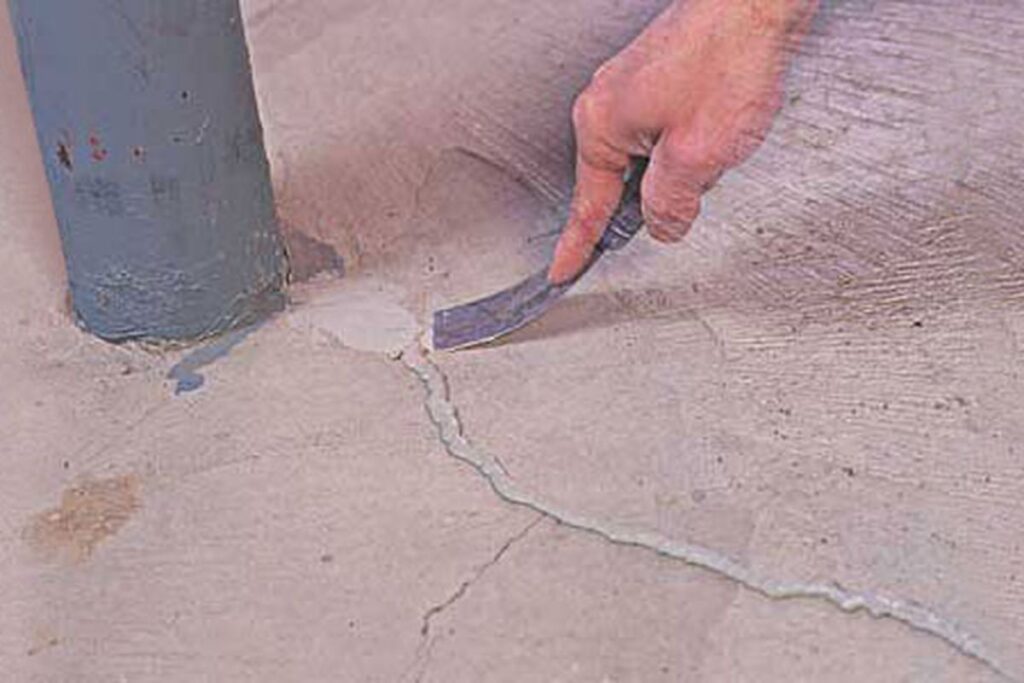The ancient Romans built with concrete, and at no time in the following two millennia has it ever been superseded or replaced as a building material. For sure, in some applications, there are alternatives, but concrete is always an option – for roads, driveways, parking lot paving, and as a building material. However, this is not at all to say that it doesn’t come with its drawbacks.
Parking Lot Pros, a parking lot paving company out of Dallas, Texas, say that one of the reasons that asphalt is chosen over concrete for certain applications is that concrete is a bit more prone to cracking. All paving materials are subject to this after enough time, but that time is a little shorter with concrete. Of course, it depends on the quality of the mix (and there is a great deal of diversity here) but generally asphalt is preferred when constant maintenance isn’t feasible.
Using Concrete Anyway
Of course, even in such situations, concrete is sometimes preferred. The reason for this is that asphalt does not look very natural and does not blend well into natural settings. Being composed of oil-derived bitumen – a sticky black substance – it certainly has a very synthetic feel to it. So, for driveways surrounded by greenery, for installations in gardens such as patios, and even for some parking lots in natural settings, many still go with concrete.
If you are thinking about going with concrete, then crack repair is something that you are going to need to think about eventually. The most important thing to keep in mind is that the longer you let disrepair go without maintenance, the bigger and more expensive the job will become. If you leave it too long, then there might be nothing left to do but rip up the whole thing and install anew – and that certainly doesn’t come cheap!
Accordingly, you should act as soon as signs of wear become noticeable. And with concrete, those first signs are sure to be cracks.
Why Does Concrete Crack?
The reason concrete always cracks eventually is down to the universally experienced phenomenon of weather. When a concrete surface comes into contact with water during cold weather, that water will freeze. If that water has made it into any opening (perhaps caused by simple erosion) then it will widen the opening as it freezes.
This is because water expands when it freezes, widening the opening which can then collect more water next time. This will freeze again. Thus, these openings will continually widen, causing cracks to appear before long. These cracks are then prone to collecting dirt, harboring weeds, and all the while getting bigger and bigger. Consequently, you need act early to save your concrete surface.
How to Repair Concrete Cracks
So, you’ve noticed the first small cracks appearing, but what can you do about it? You have two options to choose from:
Muting and Sealing
One of the oldest forms of crack repair, it is nevertheless highly effective when done properly. Cracks needs to be muted and sealed. Muting involves shaping the crack to give it even edges and a valley-like slope towards its bottom. This is then the optimal shape for a sealant to fill in the cavity.
Stitching
Stitching is the way to go if the crack has a shifting sub-base or the soil underneath is unstable. Metal brackets and epoxy resin are applied to the crack, which shore it up and prevent it from falling in.
There are other forms of crack repair, but these general refer to bigger jobs. As mentioned, you should act before the need for a big job arises.


